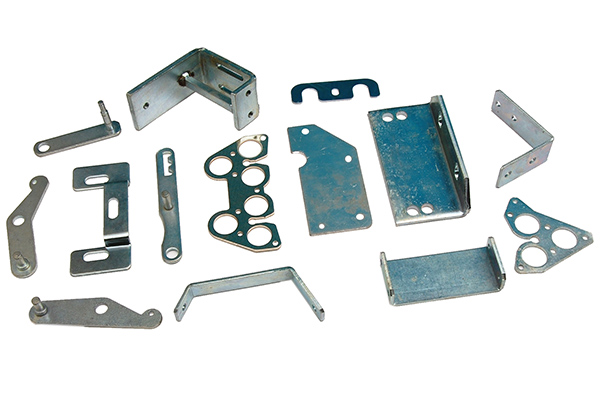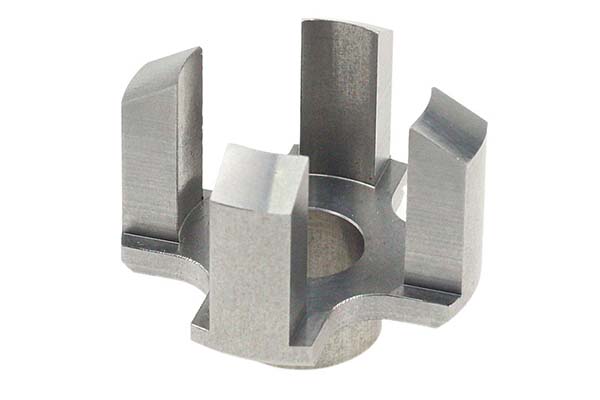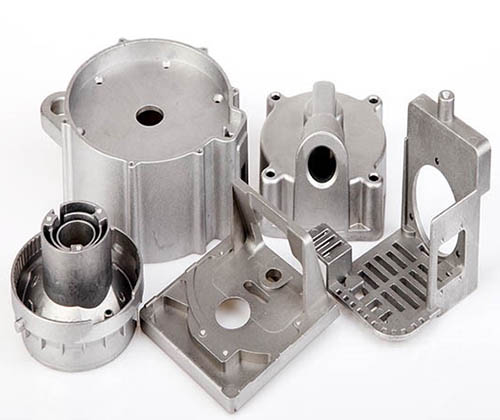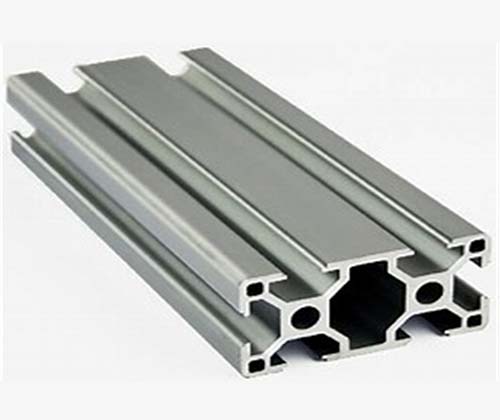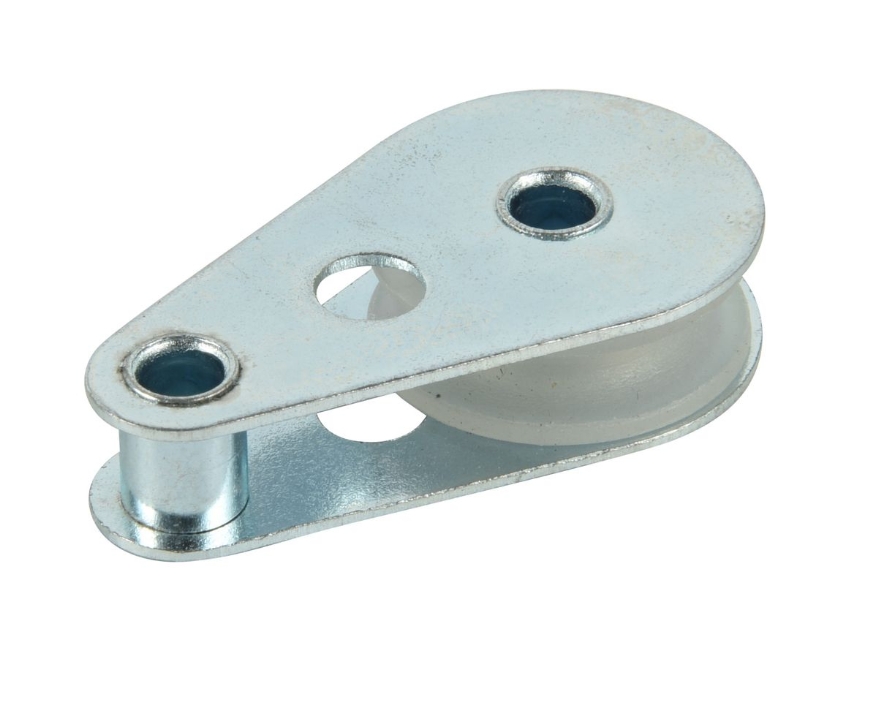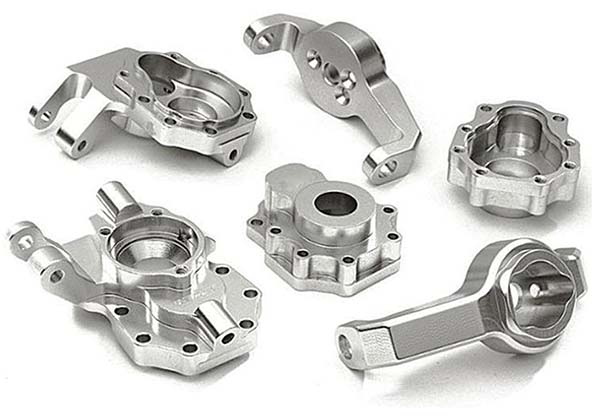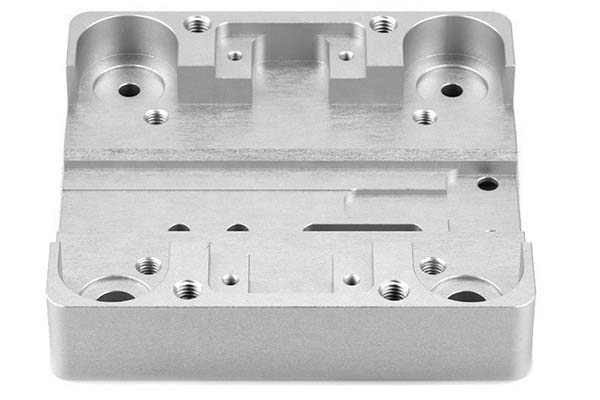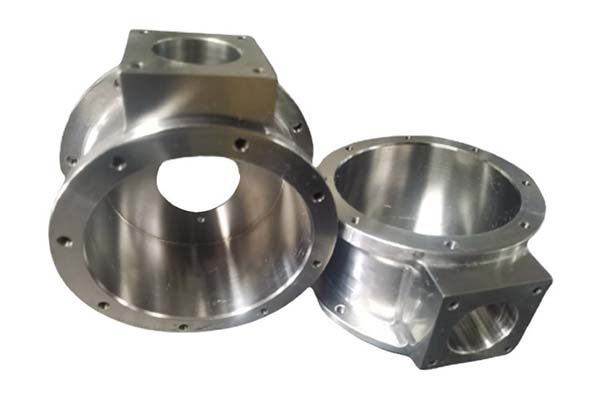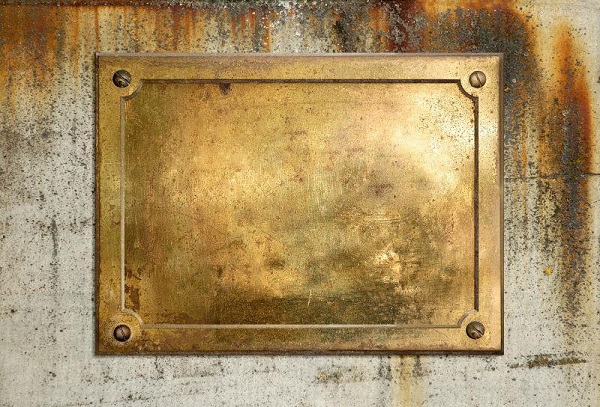Manufacturers across industries often grapple with finding materials that balance durability, cost-effectiveness, and formability. When it comes to metal components exposed to harsh environments, corrosion resistance is non-negotiable, yet it frequently conflicts with the ability to achieve complex shapes through stamping. This is where Metal Stamping SGCC (Hot-Dip Galvanized) steel emerges as a game-changer. In this guide, we’ll explore how SGCC addresses these pain points, delving into its properties, manufacturing processes, applications, and quality control—equipping you with the knowledge to make informed decisions for your production needs.
Understanding SGCC Material Properties: Why It Stands Out
SGCC (Hot-Dip Galvanized Steel) is renowned for its unique blend of characteristics that make it ideal for stamping applications. At its core, the material’s performance is defined by its zinc coating, which acts as a protective barrier against corrosion. Unlike other galvanized steels, SGCC undergoes a hot-dip process that ensures a uniform zinc layer thickness—typically ranging from 60 to 140 microns—providing exceptional corrosion resistance even in high-moisture or industrial settings.
Beyond its protective qualities, SGCC boasts impressive mechanical properties that simplify stamping operations. Its formability allows for intricate shapes, from simple bends to deep draws, without compromising the integrity of the zinc coating. This is complemented by good weldability and ductility, enabling manufacturers to join components securely while maintaining structural strength. With a tensile strength of 270–500 MPa, SGCC strikes a balance between flexibility and rigidity, making it suitable for both load-bearing and decorative parts.
The surface finish of SGCC is another key advantage. The hot-dip process creates a smooth, consistent surface that reduces friction during stamping, minimizing tool wear and ensuring precise results. Additionally, the zinc alloy composition—often containing small amounts of aluminum or silicon—enhances coating adhesion and longevity, further solidifying SGCC’s reputation as a reliable material for demanding applications.
The Hot-Dip Galvanizing Process: Ensuring Quality Coatings
The superior properties of SGCC are directly tied to its hot-dip galvanizing process, a multi-step procedure that demands precision to achieve optimal results. Let’s break down the critical stages:
- Pre-Treatment Processes: Before galvanizing, the steel undergoes cleaning to remove rust, oil, and contaminants. This typically involves degreasing, pickling (using acids), and rinsing. Any residue left on the surface can compromise coating adhesion, making this step vital.
- Fluxing: The cleaned steel is dipped in a flux solution (usually zinc ammonium chloride) to prevent oxidation and ensure the zinc coating bonds evenly. Fluxing also helps activate the steel surface for better zinc adhesion.
- Zinc Bath Immersion: The steel is submerged in a molten zinc bath composition (98% zinc with trace elements like aluminum) maintained at 440–460°C. The high temperature causes the steel and zinc to react, forming a series of alloy layers that bond tightly to the base metal.
- Coating Thickness Control: The thickness of the zinc layer is regulated by adjusting the immersion time and the steel’s withdrawal speed. Faster withdrawal results in thinner coatings, while slower speeds increase thickness—critical for meeting specific corrosion resistance requirements.
- Post-Treatment: After galvanizing, the steel may undergo quenching to cool it rapidly, improving coating hardness. Some applications also require passivation (using chromates or non-chromate solutions) to enhance corrosion resistance further.
Environmental considerations are increasingly important in this process. Modern galvanizers optimize energy use and implement recycling systems for zinc dross and flux, minimizing the environmental impact while maintaining efficiency.
Metal Stamping Techniques for SGCC: Maximizing Precision and Efficiency
Stamping SGCC requires specialized techniques to leverage its properties while avoiding common issues like coating cracking or uneven deformation. Here’s how manufacturers achieve consistent results:
- Die Design: Dies are engineered with rounded edges and appropriate clearances to reduce stress on the zinc coating during stamping. This prevents flaking and ensures the surface finish remains intact.
- Stamping Processes:
- Punching Operations: Used to create holes or cutouts, with high-speed presses ensuring clean edges without damaging the zinc layer.
- Bending and Forming: Performed at moderate speeds to allow the material to deform gradually, reducing the risk of coating fractures.
- Drawing and Deep Drawing: Suitable for creating hollow shapes, with lubricants specifically formulated for galvanized steel to minimize friction.
- Press Machines: Hydraulic and mechanical presses with variable speed controls are preferred for SGCC. Hydraulic presses offer more control over force application, ideal for complex shapes, while mechanical presses excel in high-volume production with consistent precision.
- Tooling and Dies: Made from hardened steel or carbide to withstand the abrasiveness of the zinc coating, extending tool life and maintaining stamping accuracy.
Applications of SGCC: Versatility Across Industries
The unique properties of SGCC make it a top choice in diverse sectors:
- Automotive Parts: Body panels, fenders, and undercarriage components benefit from SGCC’s corrosion resistance and formability.
- Construction Materials: Roofing, siding, and structural supports rely on its durability against weathering.
- Electrical Enclosures: Cabinets and boxes for electrical equipment use SGCC to protect internal components from moisture and rust.
- Industrial Machinery: Frames, guards, and brackets leverage its strength and resistance to industrial chemicals.
Quality Control and Standards: Ensuring Reliability
Maintaining quality in SGCC production involves adherence to strict standards and rigorous testing:
- ISO Standards: Compliance with ISO 1461 (hot-dip galvanizing) and ISO 9001 (quality management) ensures consistent processes.
- Inspection Methods: Visual checks for surface defects, thickness measurements using magnetic gauges, and adhesion tests (like the bend test) verify coating integrity.
- Corrosion Testing: Salt spray tests (per ASTM B117) simulate harsh environments to evaluate long-term resistance.
Yigu Technology’s Perspective
As a leading custom manufacturing supplier in China, Yigu Technology recognizes SGCC’s value in meeting diverse industry needs. Our expertise in precision stamping and hot-dip galvanizing ensures SGCC components that balance performance and cost. We optimize processes to enhance SGCC’s properties, delivering tailored solutions for automotive, construction, and industrial clients.
FAQs
- What is the typical lifespan of SGCC in outdoor applications?
SGCC can last 20–30 years in outdoor environments, depending on factors like humidity, salinity, and maintenance.
- Can SGCC be painted or coated further?
Yes, but proper surface preparation (cleaning and priming) is needed to ensure paint adhesion to the zinc layer.
- How does SGCC compare to cold-rolled galvanized steel in stamping?
SGCC offers better corrosion resistance due to its thicker zinc coating, while cold-rolled galvanized steel may have superior surface smoothness for decorative applications.
